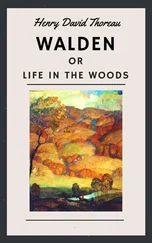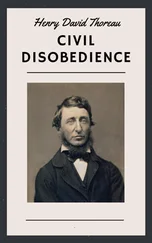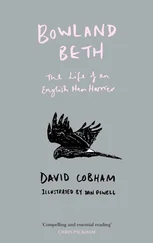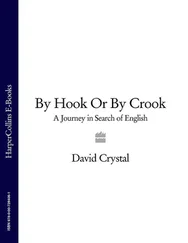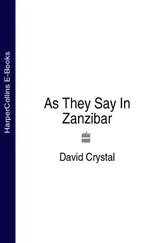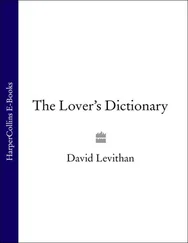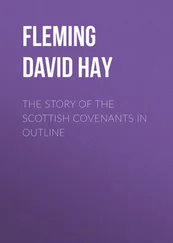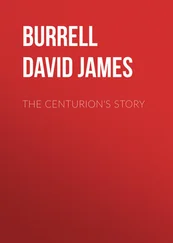 55. Polite — a matter of manners (17th century)
55. Polite — a matter of manners (17th century)
We learn to be linguistically polite at a very early age. It starts during the fourth year of life, when children have acquired enough language to have proper conversations. Parents start drilling. ‘Say please.’ ‘Say sorry.’ ‘I haven’t heard that little word yet.’ ‘Don’t talk with your mouth full.’ The kids learn that there are words that should not be used in polite company. These then become the most desirable words of all, of course!
As we grow up, we learn more sophisticated expressions.

Times of day are given a linguistic introduction ( Good morning, Good night ), along with their informal variants ( Morning, Night-night ). Unexpected body noises elicit linguistic apologies ( Bless you, Pardon me ). Written English introduces us to special formulae ( Yours sincerely, All the best ). We learn to use the appropriate terms of address for different kinds of people in society ( §19). And at the informal end of the scale, different groups develop their own politeness routines ( Hi, Yo, Cheers ).
It’s never possible to predict which words and phrases in a language a social group is going to accept or reject as polite. What is clear is that, from age to age, these expressions change. We can see this if we look at some of the expressions Jonathan Swift noted in the early 18th century. He tells us he used to keep a notebook in his pocket when he went to visit the ‘most polite families’. After he left the company, he would write down ‘the choicest expressions that passed during the visit’. Modern linguists do the same sort of thing as they travel about.
Some of the expressions Swift heard are still with us today. The members of his polite families said such things as talk of the devil and it’s an ill wind . But most of them reflect a past age. A modern ear would make nothing of You are but just come out of the Cloth-Market — meaning ‘you’ve just got out of bed’. And although the gist of this extract from Swift’s Polite Conversation is clear enough, some expressions do require a gloss.
LADY SMART: Well, Ladies, now let us have a Cup of Discourse to our selves. [a cup of tea and talk]
LADY ANSWERALL: What do you think of your Friend, Sir John Spendall ?
LADY SMART: Why, Madam, ’tis happy for him that his Father was born before him. [in other words, he isn’t thrifty]
MISS NOTABLE: They say, he makes a very ill Husband to my Lady.
LADY ANSWERALL: Well, but he must be allowed to be the fondest Father in the World.
LADY SMART: Ay, Madam, that’s true; for they say, the Devil is kind to his own.
MISS NOTABLE: I am told, my Lady manages him to Admiration.
LADY SMART: That I believe, for she’s as cunning as a dead Pig; but not half so honest.
Swift points out that the reader will find these phrases extremely helpful, for the expressions can be used over and over on all occasions. He wouldn’t find much difference if he were observing polite conversation today. Some things don’t change.
 56. Dilly-dally — a reduplicating word (17th century)
56. Dilly-dally — a reduplicating word (17th century)
English has some ingenious ways of making new vocabulary, but none more so than the technique of taking a word and saying it twice in quick succession — but changing one of the vowels or consonants in the process. The phenomenon is called reduplication .
It’s something that little children do quite naturally when they’re learning to talk. Many of their early words contain a repeated syllable — mama, dada, baba, bye-bye, night-night, wee-wee — and soon the reduplication appears with a change in the vowel — mummy, daddy, baby . It’s a short step from there to doing the same thing with two words. We hear it in many nursery rhymes and fairy stories. Do you remember Chicken Licken, who was so worried that the sky was falling down that he rushed off to tell the king? On the way he met a host of reduplicating friends — Henny Penny, Goosey Loosey, Turkey Lurkey — and, eventually, Foxy Loxy. The names vary in different tellings (such as Hen Len and Goose Loose), but the reduplication is always there.
This is reduplication for fun. The repetition is there to make the names sound appealing, and it also helps children remember the story. Grown-ups reduplicate for other reasons too. Sometimes it’s simply to emphasise a meaning, often adding a note of exasperation or criticism. This is what happened to dally , which already existed in 16th-century English as a verb meaning ‘trifle’ or ‘delay’. Around the beginning of the 17th century, it was reduplicated. Stop dilly-dallying! meant ‘Make your mind up!’ The same sort of development happened with shilly-shally , also expressing the notion of being undecided. This was originally shill I, shall I , a stronger version of shall I, shall I .

11. A children’s story that relies on reduplication for its effect.
Words like zig-zag are created for a different reason. Here there’s an attempt to symbolise a shape or movement in the outside world. The contrasting vowels reflect a change in direction. Zig-zag originally described a pattern of short, angled lines going in alternate directions, but it was soon used for all kinds of alternating shapes and movements — from lightning to knitting patterns. During the First World War it became a piece of military slang. If you were zig-zag, you were drunk.
Interesting things can happen to these reduplicated words. They can even be broken down into their parts, each one being used as a separate word. We can talk about people shillying and shallying . One such usage gained immortality in an old music-hall song:
My old man said ‘Follow the van,
And don’t dilly dally on the way’.
Off went the van wiv me ’ome packed in it,
I followed on wiv me old cock linnet.
But I dillied and dallied, dallied and I dillied,
Lost me way and don’t know where to roam…
The list of reduplicated words in English is a very long one. The usual pattern is for the first element to have a vowel high up in the front of the mouth and the second element to have one low down in the back of the mouth. The i -to- a change is very popular — pitter-patter, riff-raff, knick-knack, chit-chat … So is i -to- o : criss-cross, sing-song, ping-pong, tick-tock … Another pattern uses a change of consonant, and the two elements rhyme: helter-skelter, hanky-panky, fuddy-duddy, super-duper … Shakespeare evidently liked this kind of word creation, for several examples appear in his plays: skimble-skamble, bibble-babble, hugger-mugger, hurly-burly …
Some reduplications must be quite old. Although willy-nilly isn’t recorded until the 17th century, its forms reflect a much earlier state of the language — will I, nill I , where nill is Old English, a conflation of ne and will , meaning ‘will not’. And they evidently remain popular, as new reduplications continue to be created. Since the 1970s we’ve had hip-hop , happy-clappy and oogly-boogly . Oogly-boogly? Something scary that jumps out at you in a horror film. Remember the monster that bursts out of the chest of Kane (John Hurt) in Alien ? That was an oogly-boogly.
Читать дальше
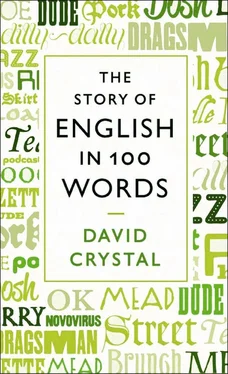
 55. Polite — a matter of manners (17th century)
55. Polite — a matter of manners (17th century)
 56. Dilly-dally — a reduplicating word (17th century)
56. Dilly-dally — a reduplicating word (17th century)


